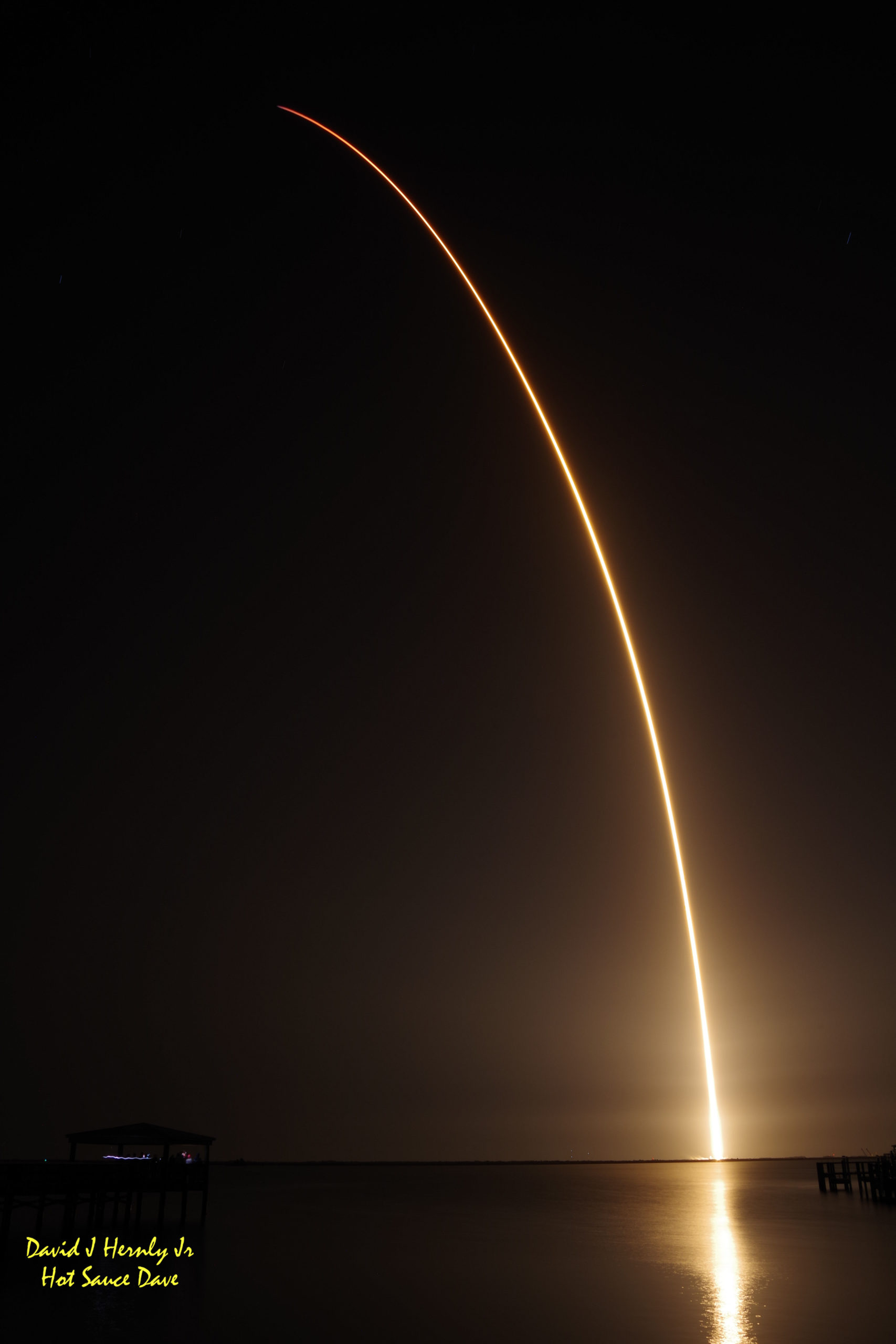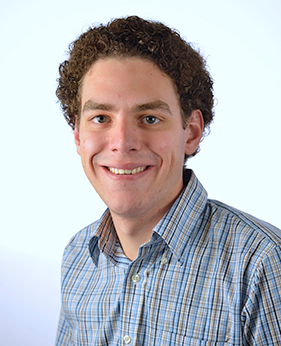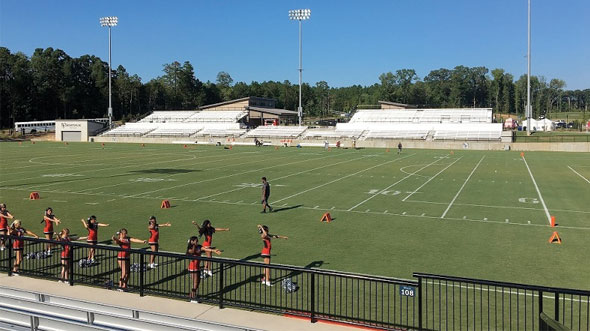
BLOG
—
X Marked Several Innovative Spots in Florida
For anyone interested in technology, innovation and science, the last week of April was the perfect time to be in Florida. The main reason for my trip was to attend AUVSI XPONENTIAL, a global gathering of leaders and end users who are actively advancing autonomous technology and its applications. But the trip was much more than the sum of its parts, and I gained more than professional experience.
XPONENTIAL
I attended XPONENTIAL with Woolpert colleagues/friends Drishti Valecha and Sheldon Menezes, who also attended the FAA Drone Symposium. The highlight of the show for me was the XPO floor, which showcased several technologies that were not only extremely cool but will be highly beneficial in our jobs here at Woolpert, where we use uncrewed aircraft systems (UAS) for everything from mapping to planning to construction management. These technologies included:
- Collapsible (telescoping) wings for a fixed-wing UAS that make setup easy in a small form factor
- Drone parachute systems that, once approved, will make possible UAS flights over nonparticipants
- Boston Dynamics’ Spot, which is a robot that navigates terrain with unprecedented mobility. This technology has immense applications for use at airports specifically. I drove Spot around, climbed up and down stairs and over various terrain, picked up objects and, of course, danced.
- An autonomous submarine capable of navigating waterways in any orientation to enable the mapping of virtually any subsurface structure.
- Groundbreaking sense-and-avoid radar technology, developed by Honeywell, which was mounted to a drone can detect other aircraft (including other drones), automatically determining a safe new route.
We also had a great time talking with people from Wingtra, Esri, Pix4D and Airworks, as well as a variety of sensor manufacturers who provided invaluable answers to our many questions. This facetime and exchange of ideas will undoubtedly help us, them and our clients moving forward.
SpaceX
While we were at the conference, NASA launched its SpaceX Crew 4. Drishti, Naashom Marx from the Cincinnati/Northern Kentucky International Airport and I took an hourlong Uber ride from our Orlando hotel to the Kennedy Space Center at 2:30 a.m. to watch the four-person crew take off on their journey to the International Space Station. According to NASA, the crew reached its destination in less than 16 hours, making it the fastest launch to dock in history. For reference, that trip is as long as a flight from New York City to Singapore.
According to NASA, while at the ISS, the crew will conduct research on materials science, health technologies and plant science to prepare for human exploration beyond low-Earth orbit and to benefit life on Earth. They are expected to perform more than 200 science experiments and technology demonstrations during the roughly six-month mission. The mission also is historic because it includes the first Black female geologist, who also will be the first geologist to conduct a spacewalk. This all is especially exciting for me since my background is in geology and Earth science. I HOPE there aren’t any rocks for her to look at outside the space station!
Due to the delayed return of Axiom-1, the Kennedy Space Center had closed all nearby viewing areas for this launch, so we were about 12 miles away from the pad in Titusville. There were probably 75 people there, including a few news stations. One person had a large speaker that broadcast audio according to the video stream and to monitor the live data. There was about a 10-second time delay, so he gave a play-by-play accounting starting at T-30 seconds. His comments were great! Photographers lined the water bank to capture the night launch, which are always spectacular, as is evident in this launch photo sent to me by Hot Sauce Dave, aka David J. Hernly Jr.

Even though we were miles away, we could still see the rocket as a faint bright spot on the pad. As the rocket lit, everyone cheered. We didn’t even hear the sound until about T+15 seconds or so. One person yelled, “When’s the sound going to get here?” and the crowd became eerily quiet… you could hear a pin drop. Three seconds later, the rumble started, and the crowd went nuts! Watching the engines light up the sky to an almost daylight level was amazing. I had watched many other daytime launches on YouTube Live, but it was amazing to see this launch in person and at night. You could see the stars. You never get that kind of view on a screen.
The launch also reinforced some of the technologies and objectives at XPO. While the rocket had a pilot, it is surprisingly autonomous. A human will react and analyze a problem much slower than a computer, that can more quickly address when something is wrong. Essentially, it was a rocket drone. It is well out of my wheelhouse of understanding, but still fun to think about.
X-tra Credit
Also at the conference, we were excited to run into a high school team that Woolpert sponsored in the national Drones in School competition hosted by XPONENTIAL. The team, creatively called Monkey Brain, was from Bellbrook High School near Woolpert’s headquarters in Dayton, Ohio.
We were impressed not only by their innovative use of engineering and UAS capabilities, but also with the team’s well-defined roles and responsibilities, coordination and execution, and strong presence at the conference. The team showed their entire project history, which included each iteration of engineering challenges, communication, funding, flight training, etc. It was like watching a small business operate.
Congrats to team members Luke Smallwood, Harrison Shupe, Isaac Lefeld, Colton Warren, Kevin Pray, Anthony Jiovani, Ayden Volmer and Coach Dave Lambright. You did an outstanding job!
Overall, it was a memorable time to be in Florida, for work and for play. Autonomous technologies are no longer the wave of the future, they are here. It’s a great time to be part of this industry.



